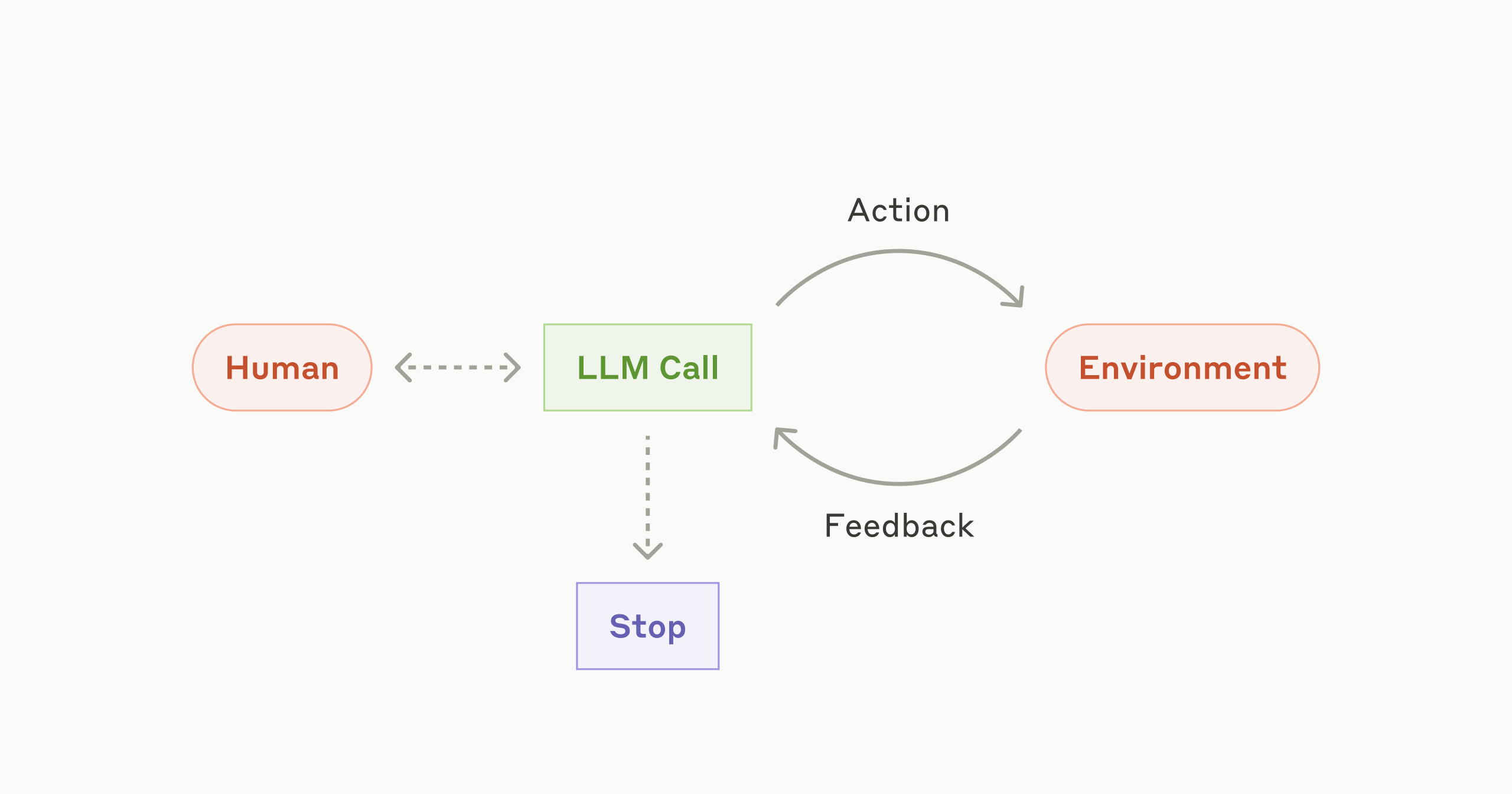A few of my favourite recent reads

Happy New Year!
I'm still in experimental mode in terms of what this newsletter is going to encompass, so this one is some recently published articles that I've enjoyed reading.
Anthropic - Building Effective Agents
With Agentic Workflows being all the rage in 2025, this is one of the best articles that I've read on using LLMs as part of workflows. Despite the title of the article, only the final section is about agents and most of its about workflow designs, like orchestration and parallelisation.
These are valuable frameworks to keep in mind when designing systems - they're not novel, but LLMs expands the types of problem that they can be applied to.

Greg Isenberg - 2025 AI Predictions
I'm not usually a fan of prediction lists, particularly those that are not even wrong. This one has some pretty good ones through and is worth signing up to the newsletter for.
A few of my favourite predictions from the list:
We move away from text to prompt interfaces. It starts to get cumbersome and new, interesting ways to prompt with AI get built. Our grandchildren will laugh we did text to prompt.
Browser extensions become the new App Store. The best AI tools aren’t standalone apps but extensions that enhance everything you do.
Startup teams flip to 80% product people, 20% engineers. When AI handles the building, knowing what to build becomes everything.

Scott Belsky - A few things I expect to see in 2025
Despite what I said about prediction lists, here's another one that I enjoyed reading.
The rise of AI-assisted code writing through the likes of Cursor, Claude, Cline and Continue.dev makes it much more easier to create personal software, whether for home or work use, and it'll be interesting to see what gets spawned as a result.
Quick apps for your home or family were too hard to build until now. I think we’ll see some pretty remarkable and super niche software applications emerge in 2025, by and for consumers.
Scott also raises the prospect of what companies centred around AI start to look like organisationally. There are clear analogies to the introduction of electricity into previously steam powered factories. The question is how to adapt current organisational structures, and the vested interests that come with those, into the



